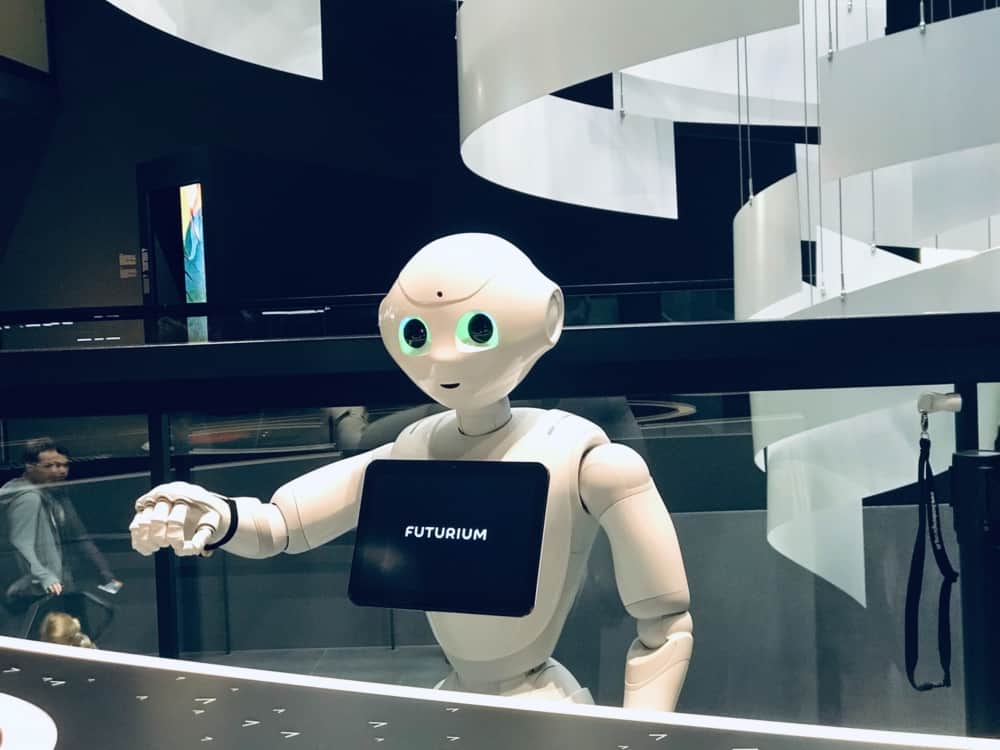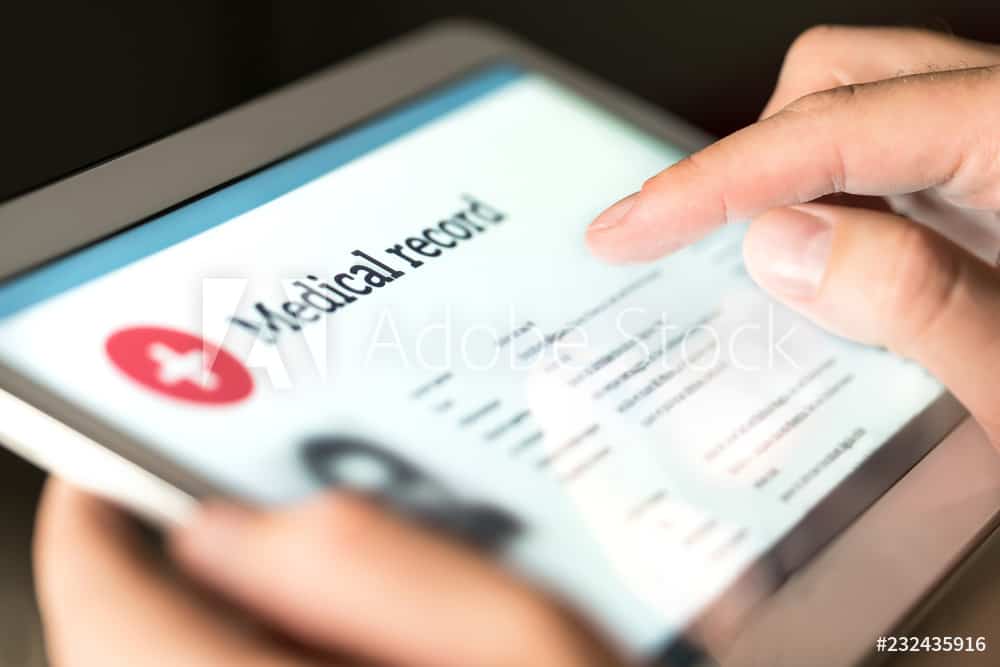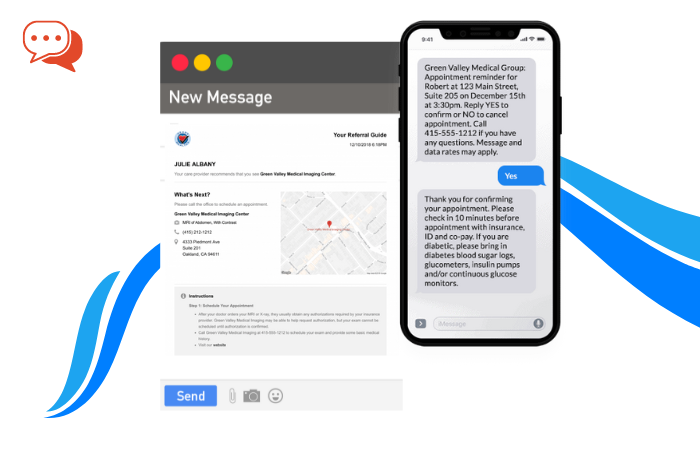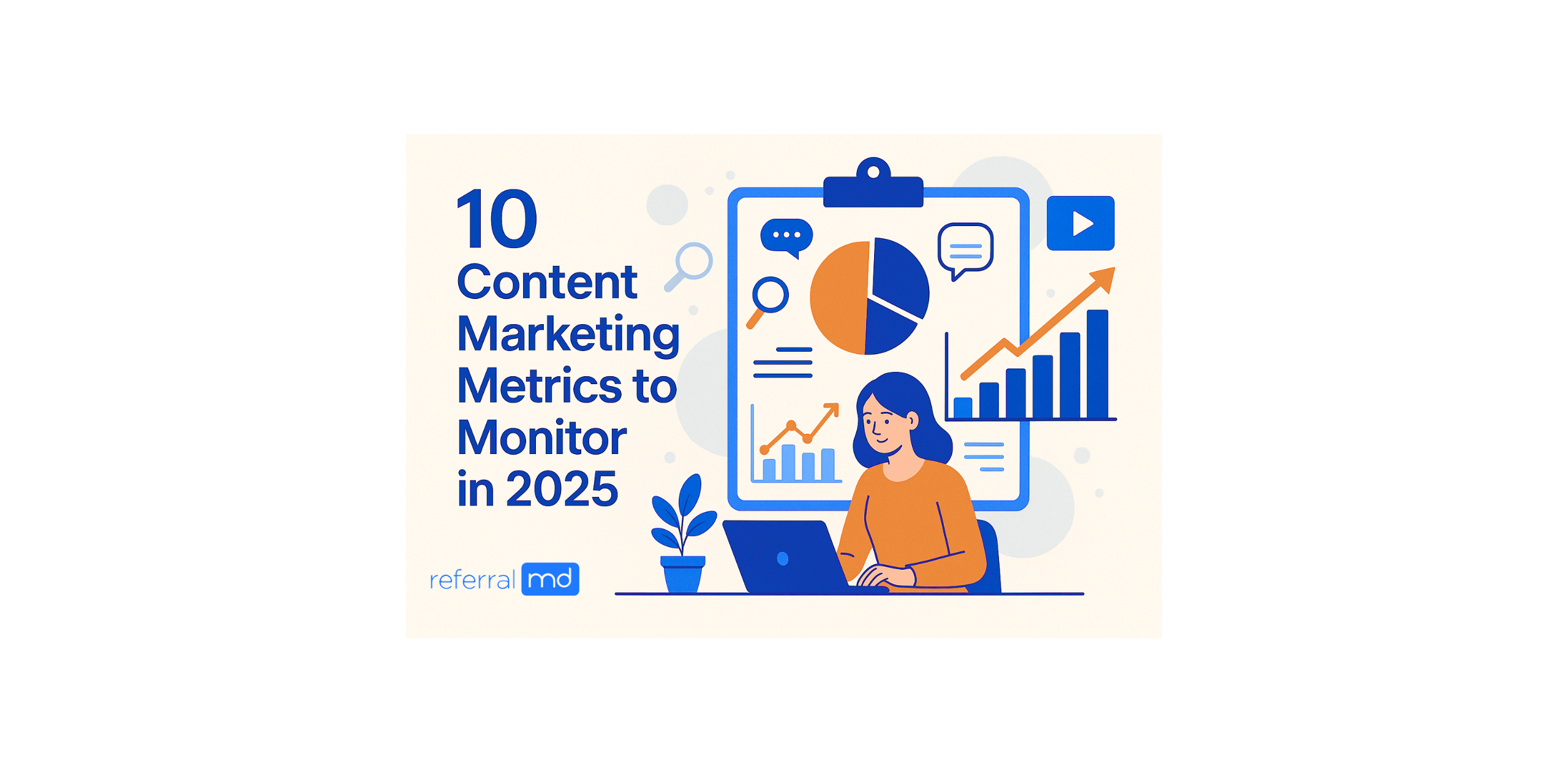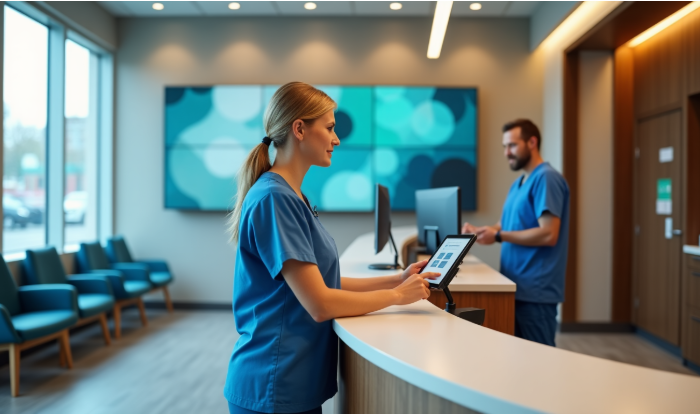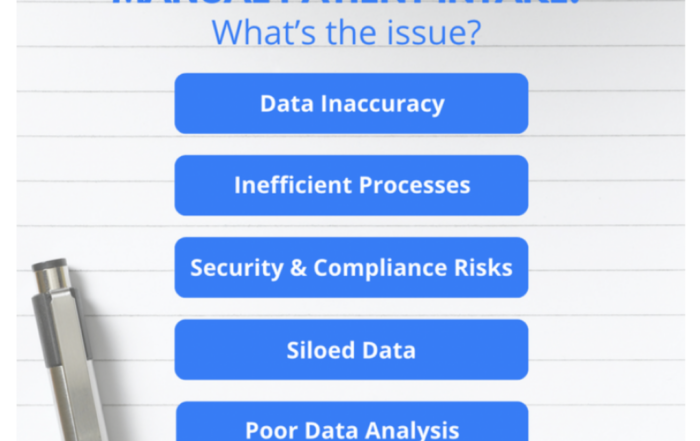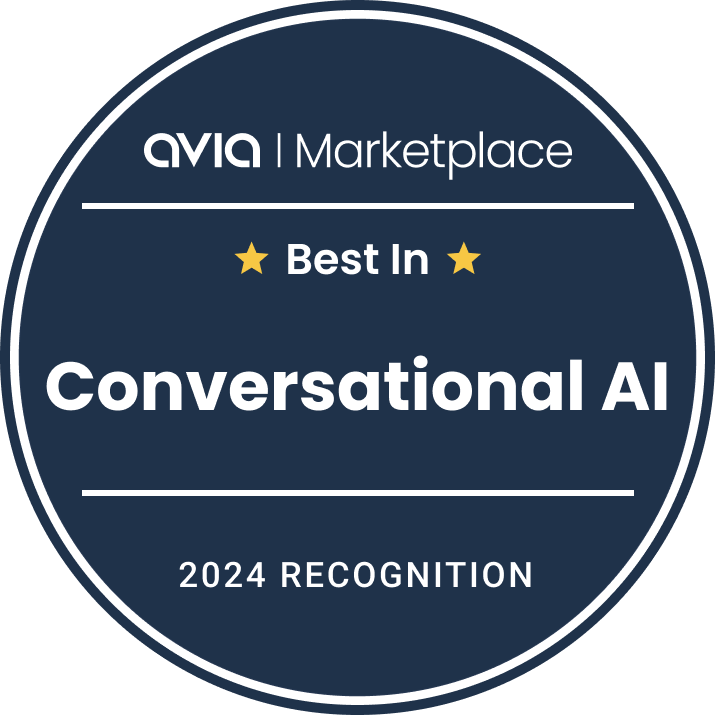Are robot doctors the future of health? Imagine this scene: you go to the hospital, and a robot greets you in the doctor’s office. It already knows your health history. It asks very few questions about your current condition, and it immediately figures out what could be wrong with you. To many of us, that idea was only acceptable in sci-fi movies. But today we’re moving in that direction. Technology and medical research mean great changes in the healthcare industry. We’re seeing changes in the public policies, but we’re also seeing them in the direct implementation of medical treatment. We all know someone living with cancer, diabetes, heart disease, or another grave illness. We’re going to see changes in the way different illnesses are being treated. We’ll see changes in the system. But most of all, we’ll see lots of technology and data science being implemented in the process of providing and receiving medical treatment. Where is healthcare going in the future? Always an interesting question.
Why Should We Promote Change?
To understand why change is important, we should first ask the question: what’s wrong with the current system? The progress in treatment and diagnosis has been constant. Researchers never stopped examining one issue after another, publishing one study after another. We’ve seen huge progress, and that’s not going to stop. Then what change are we talking about? The current system is based on sick care – taking care of people who are already sick. It was developed in the middle of the 20th century. When you get into a hospital today, you see the
same picture: acutely ill patients getting treatment prescribed by doctors. The current system fails to provide proper prevention, as well as care for people facing chronic diseases.
According to the information provided by the World Health Organization, 80% of premature heart diseases, strokes, and type 2 diabetes can be prevented. In addition, 40% of cancer would be prevented if the risk factors were eliminated. Some people don’t believe that anything can be done regarding these issues, mainly because they perceive the health system as a sick care system. That’s where we see the major need for change. It’s still very hard for people to get the needed tests or scans on time. Women with endometriosis, in particular, are
heavily under-diagnosed and ignored. This condition affects about 10% of women, but it takes 7-8 years on average for it to be diagnosed. It’s an example of everything that’s wrong with the current healthcare system. The changes are going in the direction of faster, more effective care providing. Prevention is a big part of the process.
5 Interesting Facts about the Future of Healthcare
How are we going to translate the changes into practice? What particular changes should we expect in the near future?
1. We’ll Be Seeing Robots in the Role of Healthcare Practitioners
Let’s start with the aspect of change that gets everyone’s attention: robots! In 2018, NVIDIA partnered with GE Healthcare. Do you know what the purpose behind this partnership is? Bringing artificial intelligence from robotics, self-driving cars, and video analytics into the healthcare industry. Deep learning solutions, which have already been implemented across the industry, are finally being used in the
medical industry. From real-time diagnosis to predictive analytics to treatment prescriptions, it will take part in all stages of healthcare.
For example, some of the goals of this partnership include better medical imaging, quicker exam times, and lower radiation doses.
But wait, where are the robots?
When we mention artificial intelligence, we’re talking about robots and devices that take care of various healthcare tasks. This partnership, in particular, results with a new CT system capable of imaging processing that’s two times faster when compared to its predecessor.
But “real” robots, the way we imagine them, will also be part of the future of healthcare. Have you heard about Eve? It’s one of the 25 robots in a San Francisco hospital, which function autonomously. The robot serves medical staff with supplies from the kitchen, pharmacy, stock rooms, and lab. It knows how to receive instructions and find the shortest route to the destination. Then, it gets the needed item and brings it back. The good thing about robots is that they don’t get distracted. They are focused on the task at hand, and they complete it with utmost efficiency. They take full-day shifts without a problem, and they don’t suffer from the burn-out syndrome.
A hospital in China went further than that: it put its patients in the hands of robots. This is where we really see the future. Robots are incorporated in various aspects of healthcare, including the transportation of supplies across the hospital, CT scans, pre-diagnosis, organizing records, and more. Imagine this: you’re going to the doctor’s office and you see a robot instead of the doctor. They instantly go through your records and know your history as a patient. Then, they process your symptoms and forward you to a doctor who already has all the information they need to set a diagnosis. This makes doctors job much more effective and efficient. A faster referral process! It enables the healthcare professional to handle more patients per working day, and they can do it more efficiently. Robots won’t take away a doctor’s job. However, they will be a nice addition to the healthcare system.
2. The Change in System: From General Healthcare to Personal Healthcare
Predictive medicine is one of the greatest changes we’re going to see in the system. The IoT (Internet of Things) technology has been a big part of our lives for quite some time. Most of us have at least one smart device at home. Thanks to IoT, we have greater control over appliances, lights, door locks, and other tools we use on a daily basis. That technology is becoming part of the healthcare industry. Instead of having a nurse checking on the patient’s vital functions several times a day, networked machines will be sending the needed data to a control room. Proper action will be taken when some of the vitals are showing irregular activity. But the IoT will make another important change: it will personalize health. Just think about it: your smartwatch already collects data about your blood pressure. But you probably don’t have time to analyze that data. If you’re a registered patient with chronic blood pressure issues and this data triggers care providers, they could take prompt action. You’ll get a call from your healthcare provider, schedule an appointment and show up at the doctor’s office
to see how you’ll tackle the issue.
Personalization is a huge trend in all industries. In the educational industry, for example, we’re seeing agencies offering personalized writing services to students. A student just asks: “who can write an essay for me?” and the agency takes action adjusted to the individual’s needs. If this is a loyal customer, the writer will take a look at the history of assignments being provided, so they will adjust the style to fit the student’s voice. The healthcare industry is lagging behind in terms of personalization, but we’re going to see the changes. Devices are getting smarter and more accessible. When Apple gets involved in something, we know it’s going to work. The company is working on developing “the first healthcare platform friendly to third parties, with the personal health record at the center.” This means that the healthcare industry is moving towards a proactive model, which indicates practitioners reaching out to patients instead of waiting for the patients to show up in the hospital with acute conditions. If you use an iOS device, you probably noticed the latest updates and apps regarding health and wellness. The device is trying to push you to develop habits of checking on your health and inputting more data. That’s the first step, which will take us towards a more personalized healthcare system.
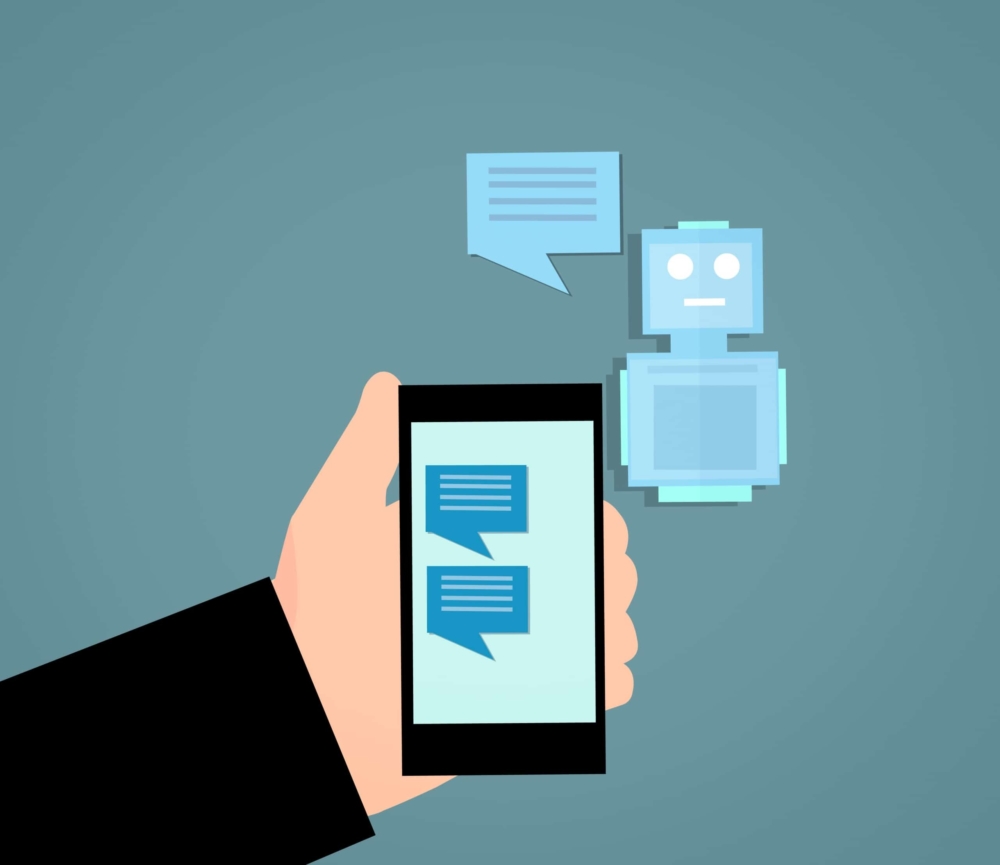
Photo by mohamed_hassan on Pixabay
3. Data Science Will Change the Way Doctors Do Their Jobs
The previous issue about personal devices collecting data takes us to the next big change: doctors relying on data science to do their jobs. Of course, we are aware of the fact that doctors already use computers and all kinds of technology. But we also know that today, they have more access to data than ever before. Patients have personal devices measuring data. That’s a factor that can and will revolutionize the diagnostics procedures, as well as treatment prescriptions. First of all, let’s talk about the connection between medical imaging and data science. According to a study called Big Data Analytics in Healthcare, big data science will help healthcare providers to make better decisions regarding patient treatment. Medical image data can exceed 2500 scans per study. That data has to be stored in the long term.
However, it should also be used during prognosis, diagnosis, and treatment. Deep learning algorithms will greatly increase the accuracy in diagnosis. These systems will learn from previous scans, and they will make adequate diagnosis suggestions to doctors and technicians.
Big data also plays an important role in genetics. In a way, DNA is big data. It holds valuable information on disease potential and drug response. Big data will help medical practitioners to understand the patient’s probable reaction to a drug or potential for disease, based on their DNA. It seems that we have a lot of work to do to get to that point. But there’s huge potential, and we should focus on that.
The most interesting application of big data from a patient’s point of view is customer care. Access to a mobile app that provides basic healthcare support seemed unreal just a few years ago. But that future is now. Chatbots, based on artificial intelligence technology, can analyze the patient’s data to provide proper support. You can ask questions or describe your symptoms. Then, the chatbot or app will suggest a possible reason for the symptoms, and it will direct you to the right doctor. Don’t worry; this technology will be way more effective than self-diagnosis based on Google.
4. There’s No Place for Silo Mentality in the Future of Healthcare
The silo mentality has been part of healthcare for more than we can remember. Literally, a silo is a tall tower that’s led to store grain on a farm. As a verb, the word means to isolate something, so it will have no touch with the outside environment. The silo mentality is an interesting concept in business. It’s a mindset among the employees in a particular sector, who hold valuable information secret from the others in the same company. In companies, this is a top-down issue. It starts with the management and goes down from there.
In healthcare, the silo mentality is damaging beyond words. Just think about it: a patient interacts with dozens of employees during their stay at the hospital. From physicians to technicians to nurses, everyone has access to their medical record. When one of the doctors keeps information secret from others in the team, the patient’s treatment suffers. If, for example, the endocrinologist refuses to collaborate with the gynecologist, the patient won’t achieve the best results during fertility treatments. This mentality is slowly coming to an end.
The issue is being targeted by introducing holistic healthcare in the place of episodic healthcare. The episodic approach ignores the patient’s overall health, and the doctor focuses on a single issue. The holistic approach requires sharing all information and storing it into their healthcare record. A collaborative team will be connected through a system, so each doctor will have access to all healthcare needs of
the particular patient. This comes in the form of an SBAR (situation-background-assessment-recommendation) tool. It connects healthcare practitioners and enables efficient communication between them. They can collaborate through checklists, guides, and standardized forms that are required for reporting on the patient’s health. There is no place for silos in medicine. We can’t expect for the patients to go to the doctor and explain everything that another doctor or a nurse told them to do. Communication between caregivers is essential, and it simplifies all processes from diagnostics to treatment.
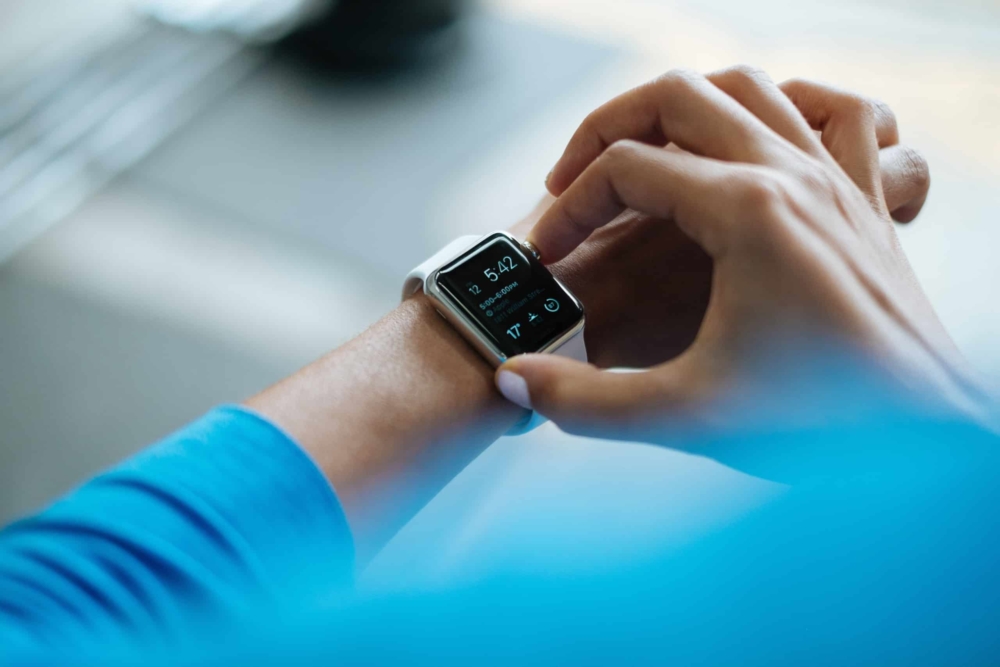
Photo by Free-Photos on Pixabay
5. It’s All About Prevention
Everything we talked about so far leads to an important conclusion: the healthcare system is being directed towards prevention and timely diagnosis. Instead of expecting patients to show up with a problem that already shows symptoms, technology, and data science will enable them to recognize a problem before it gets acute. Telemedicine became a real thing. It’s an aspect of medicine focused on providing preventive care. Different apps and websites let people find answers about various symptoms, such as an increase in body temperature or blood pressure fluctuations. Some websites even allow people to see a doctor for video consultations. Others even provide the patient with a prescription based on the virtual consultation. Will we come to the point where sensors warn us to take care of ourselves before we get sick?
We’re already close. Do you have a fitness tracker? Almost every model has a sensor that tracks your heart rate. Some even monitor
your blood pressure. With such activity tracking, you’re getting reports that show any irregularities. When you recognize them on time, it will be easier for you to prevent health issues related to your heart and blood pressure. Many doctors still don’t take these fitness trackers seriously. If you show up in the office with a record from your smartwatch, they will probably ignore it. But things are changing. This technology still hasn’t reached its full potential. We’ll keep seeing innovations that will change the way we approach our daily health. It will also change the way doctors approach a patient’s issue. When you provide fitness data from your smartphone or another device, they can analyze it to see the patterns. If the patterns show that you’re at risk of a stroke, they will take proper preventive measures. We’re still waiting for the day when this data will be connected to a master system, so a healthcare provider can reach out to you and schedule an appointment in case the system warns them of an issue. That’s the future of healthcare. It’s Only Getting Better The future we visualize is heavily based on technology. That’s not a negative statement. It’s how it should be.
What does it all mean for the future of healthcare?
Technology has the potential to make a caregiver’s job easier. Instead of spending at least thirty minutes with a patient to evaluate their medical history and assess current symptoms, robots can take part of that responsibility. They will check the symptoms and send the patient to the right doctor, with recommendations ready to be processed. This approach will free up tons of space for doctors, so you won’t have to wake for weeks or even months for an appointment.
We’re looking at a brighter future for both patients and caregivers. The key area of interest is prevention. Instead of waiting to get really sick before we go see a doctor, different devices and apps will warn us to be careful when early symptoms appear. Caregivers will be more accessible to patients, and the patient’s full medical history will be more accessible for healthcare providers.
